The Beauty of Timeless Art: From Art Deco to Modern Cement Bathrooms
 Jun 08,2024
Jun 08,2024

 Adding Green
Adding Green
From the late 19th to the early 20th century, Art Deco and Art Nouveau emerged as two significant art movements that profoundly influenced bathroom design. Although these styles originated from different backgrounds, both led to innovations in design and aesthetic transformation within their respective fields. Art Deco emphasizes geometric shapes and symmetry, while Art Nouveau focuses on natural forms and organic lines. The fusion of these two styles brought rich decorative elements and unique aesthetic experiences to bathroom design at that time.
Influence of Art Deco
Art Deco reached its peak in the 1920s and 1930s, characterized by simplicity, symmetry, and geometric shapes. The key features of Art Deco include the use of bold colors, luxurious materials, and intricate decorations. In bathroom design, this style often incorporated mirrors, metals, and glass, creating a sense of luxury. Bathtubs, washbasins, and other bathroom fixtures frequently showcased streamlined geometric patterns that were not only visually appealing but also emphasized functionality and practicality.
Art Deco bathroom designs focused on the overall harmony of the space. Walls, floors, and ceilings often featured matching geometric patterns and color schemes, creating a unified and cohesive look. Additionally, Art Deco paid great attention to details, with decorative elements such as inlays, carvings, and gilding on bathroom fixtures reflecting exquisite craftsmanship and innovative design.
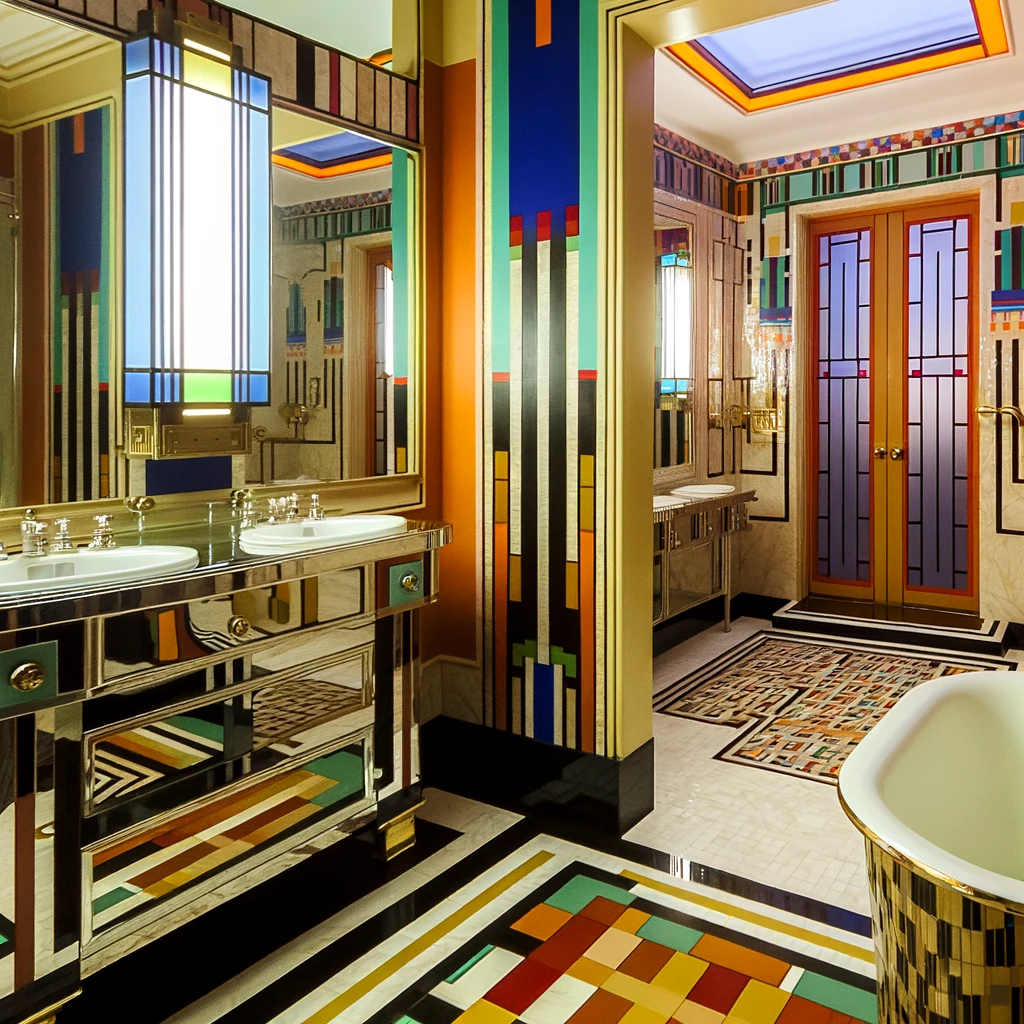
Influence of Art Nouveau
Originating in the late 19th century, Art Nouveau emphasizes natural forms and organic lines, seeking to blend nature with art. This design style is characterized by flowing lines and natural patterns, such as plants, flowers, and insects, which were widely used in bathroom design. Bathtubs, washbasins, and tiles often featured beautiful patterns and nature-inspired motifs.
Art Nouveau bathroom designs not only focused on aesthetic value but also emphasized functionality and practicality. Designers used natural materials and handcrafted techniques to make bathroom fixtures more ergonomic, enhancing user comfort. For example, bathtubs were shaped to fit the human body more comfortably, and washbasins were designed with optimal height and width for ease of use.
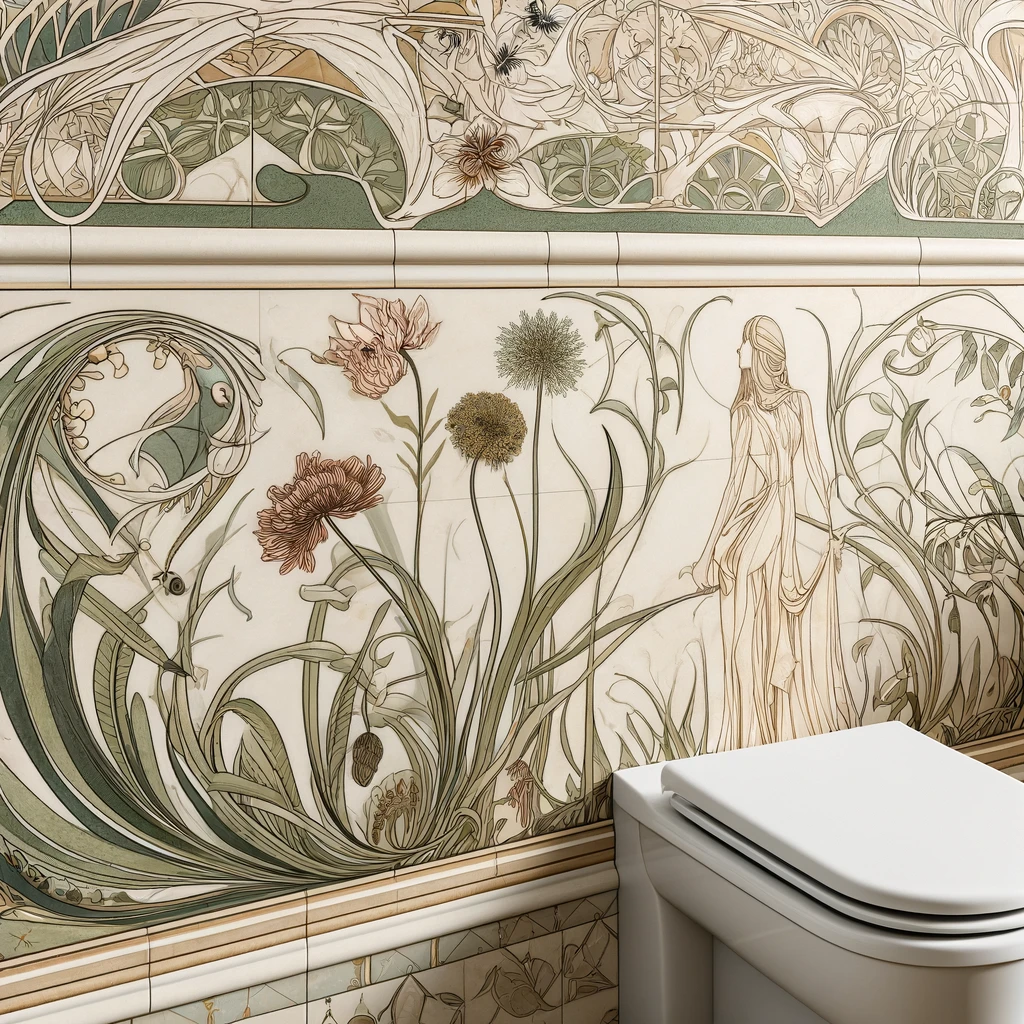
Fusion of Art Deco and Art Nouveau
In the early 20th century, Art Deco and Art Nouveau gradually began to merge, forming a new design style. This fusion can be seen in bathroom designs that combined the geometric patterns and luxury of Art Deco with the natural forms and organic lines of Art Nouveau. Designers skillfully integrated these two styles to create bathroom fixtures that were both beautiful and functional.
For example, bathroom walls might feature geometric patterned tiles, while bathtubs and washbasins adopted natural forms. This combination enriched the visual effect of bathroom design and improved the overall harmony and beauty of the space. The fusion of Art Deco and Art Nouveau provided modern bathroom design with abundant inspiration and innovative possibilities.

As two significant art movements from the late 19th to the early 20th century, Art Deco and the Art Nouveau profoundly influenced bathroom design. Their distinctive features were fully reflected in design and created unique aesthetic effects through their fusion. Modern bathroom design draws abundant inspiration from these styles, combining the geometric patterns and luxury of Art Deco with the natural forms and organic lines of Art Nouveau to create bathroom fixtures that are both beautiful and practical. This fusion not only enriches the visual effect of bathroom design but also enhances user comfort and satisfaction.
In modern bathroom design, the brand "Adding Green" has made outstanding contributions in this field. As a leading enterprise in the cement craft industry, Adding Green combines craftsmanship with artistic innovation, dedicated to creating bathroom products that are both artistic and functional. The brand's founder has 11 years of experience in resin craft production and 10 years in cement technology research and development, always adhering to the principles of low energy consumption and recyclable design and production, emphasizing that all human creations should be based on respect for the earth and the ecological environment.
Adding Green's technology not only adds green to the world but also features unique craft schemes and over 20,000 craft formulas that can adapt to environmental changes, supporting all designs for mass production. In the field of cement bathroom products, Adding Green produces high-quality bathroom products that meet modern environmental requirements through its original process flows. Its product line includes traditional cement candle jars, pen holders, soap dishes, and continuously introduces new bathroom accessories with modern design aesthetics.
Adding Green's products are not only beautiful and durable but also set industry standards in environmental friendliness and functionality, highly favored by consumers. The brand's innovative capabilities and perfect fusion of art and functionality bring bathroom products that blend art and practicality to modern life. This perfect combination of tradition and modernity, art and craftsmanship, allows Adding Green to stand out in the fierce market competition, becoming a leader in the industry.
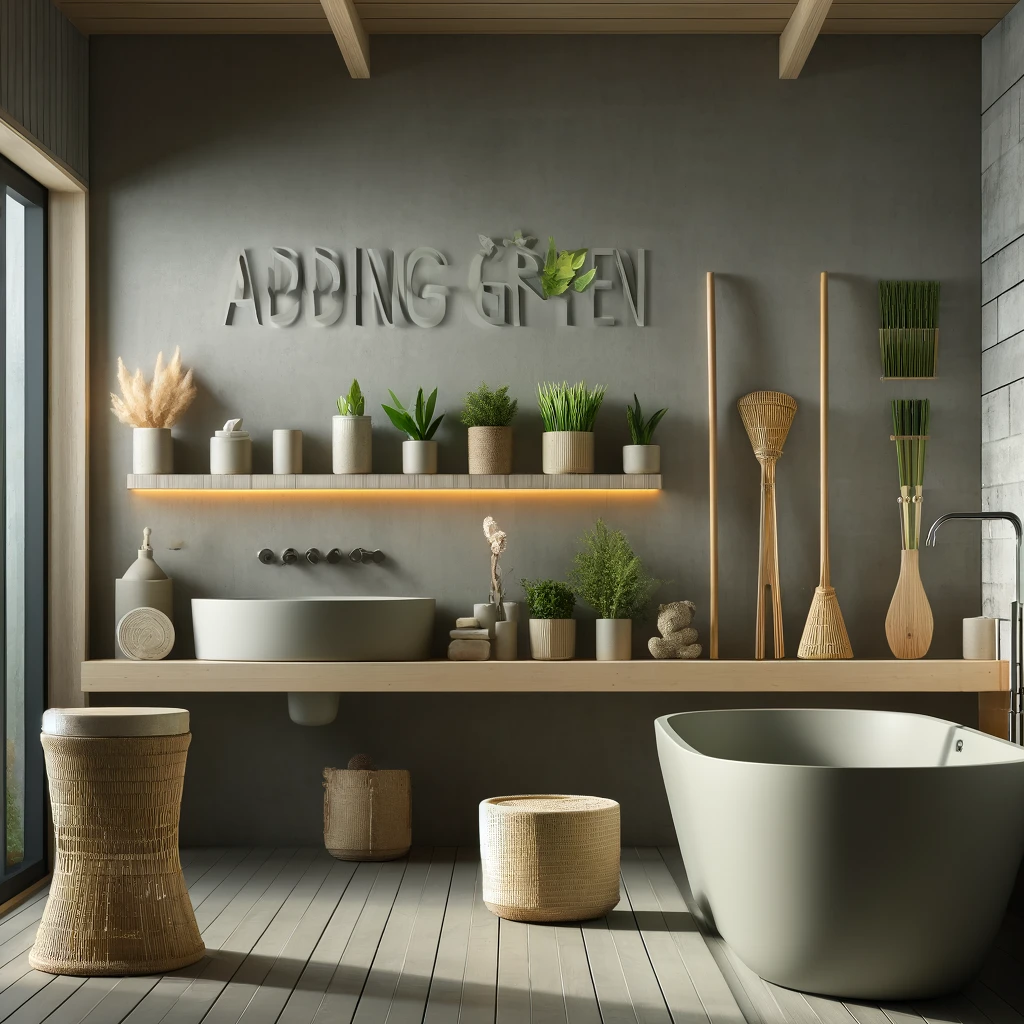



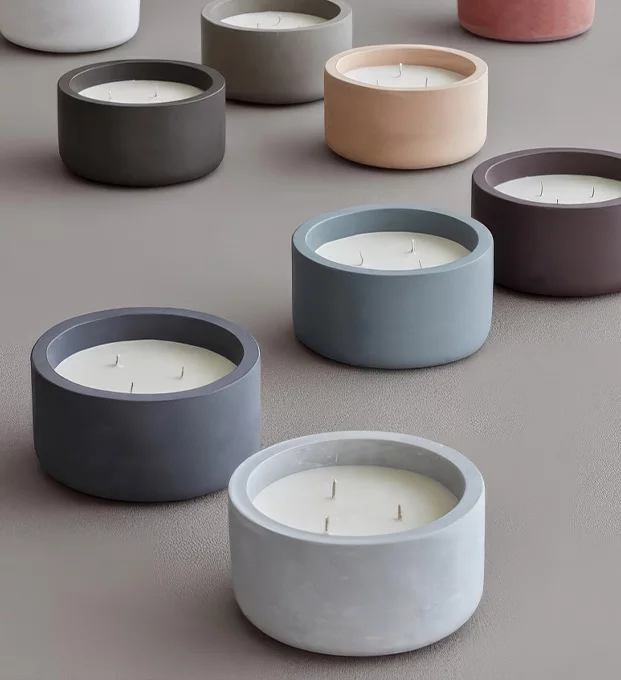
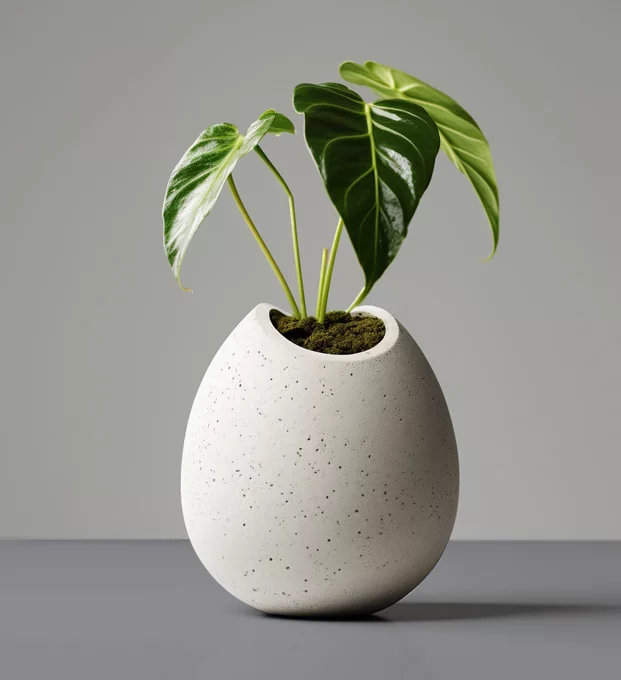
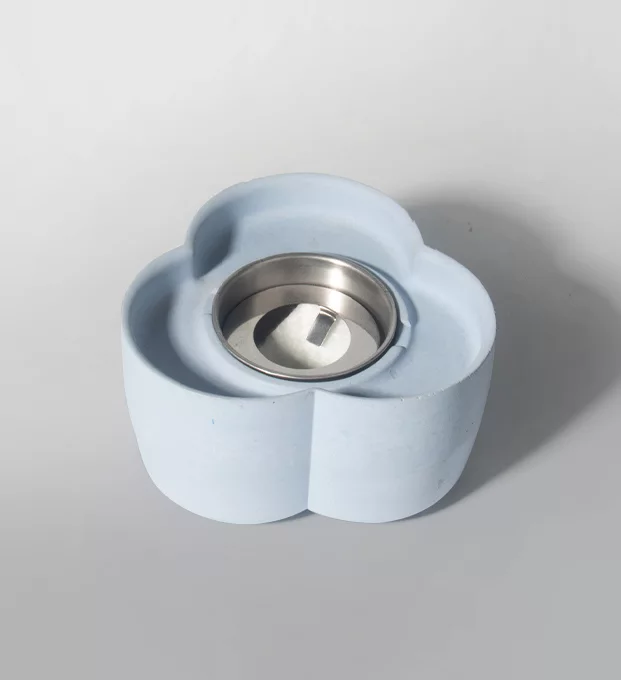

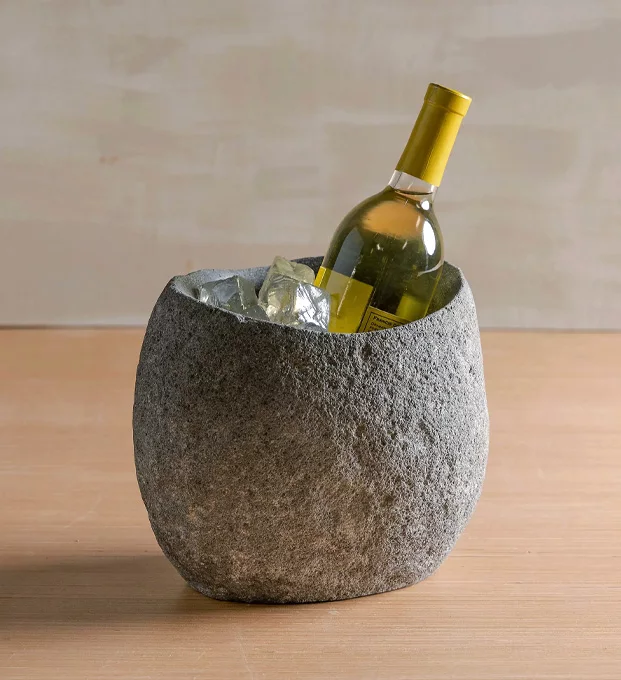




 CN
CN
 HOME
HOME Post-War Minimalism: The Symphony of Art and Function
Post-War Minimalism: The Symphony of Art and Function  You May Also Like
You May Also Like



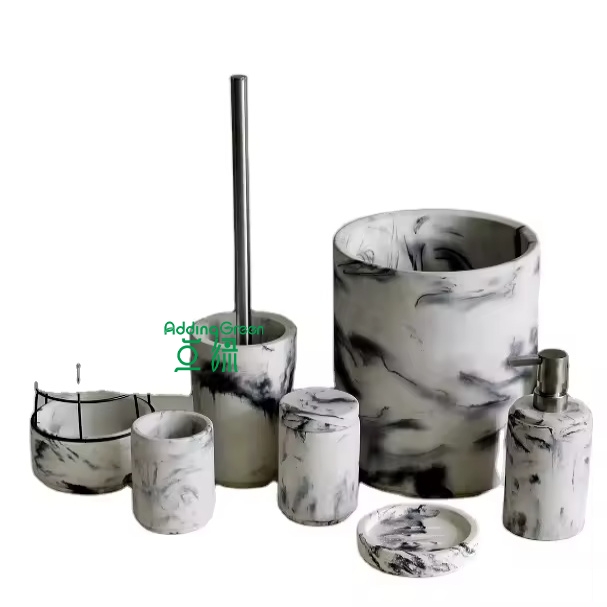

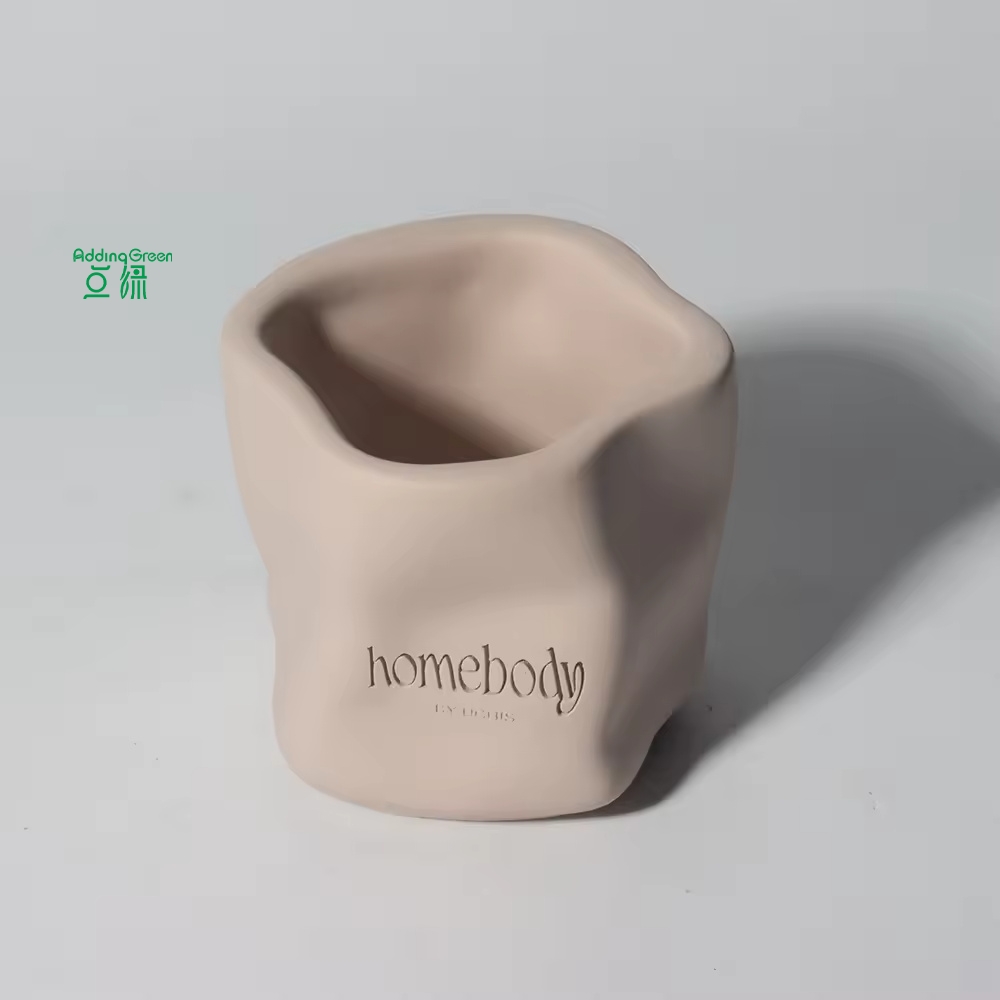
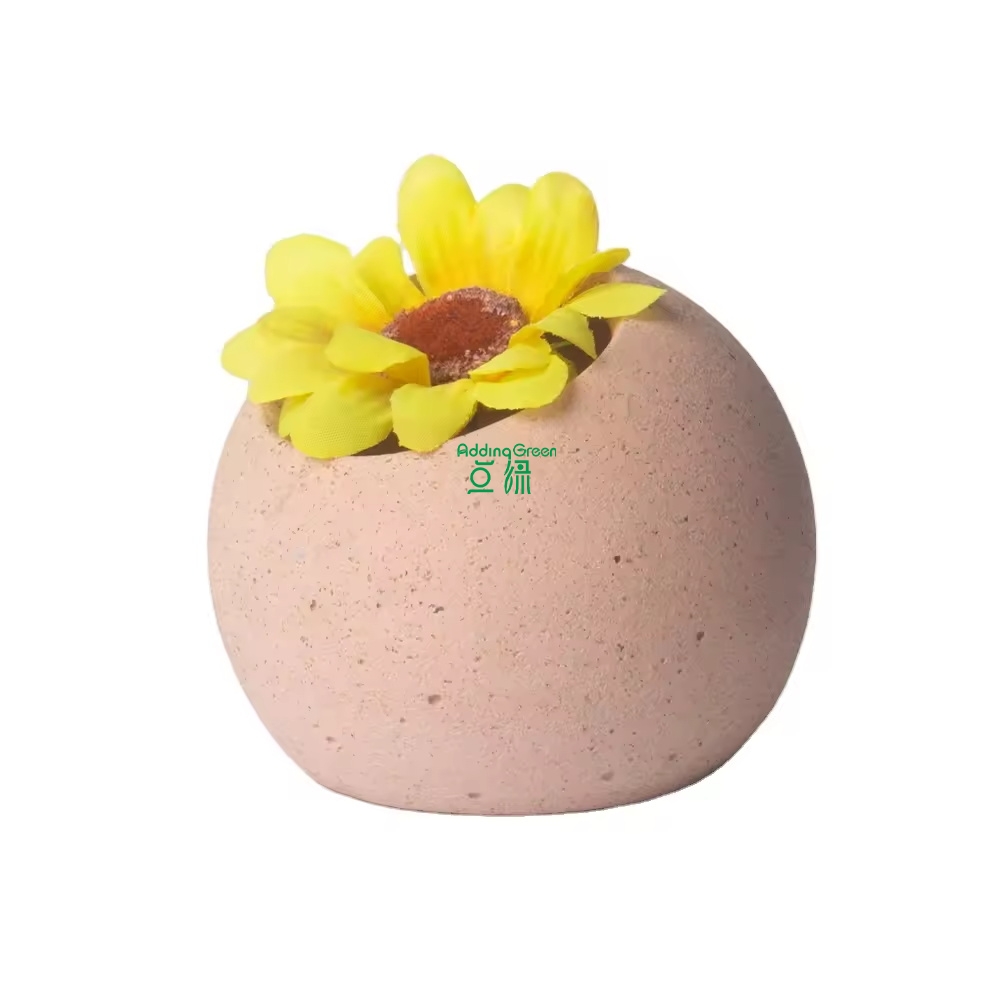
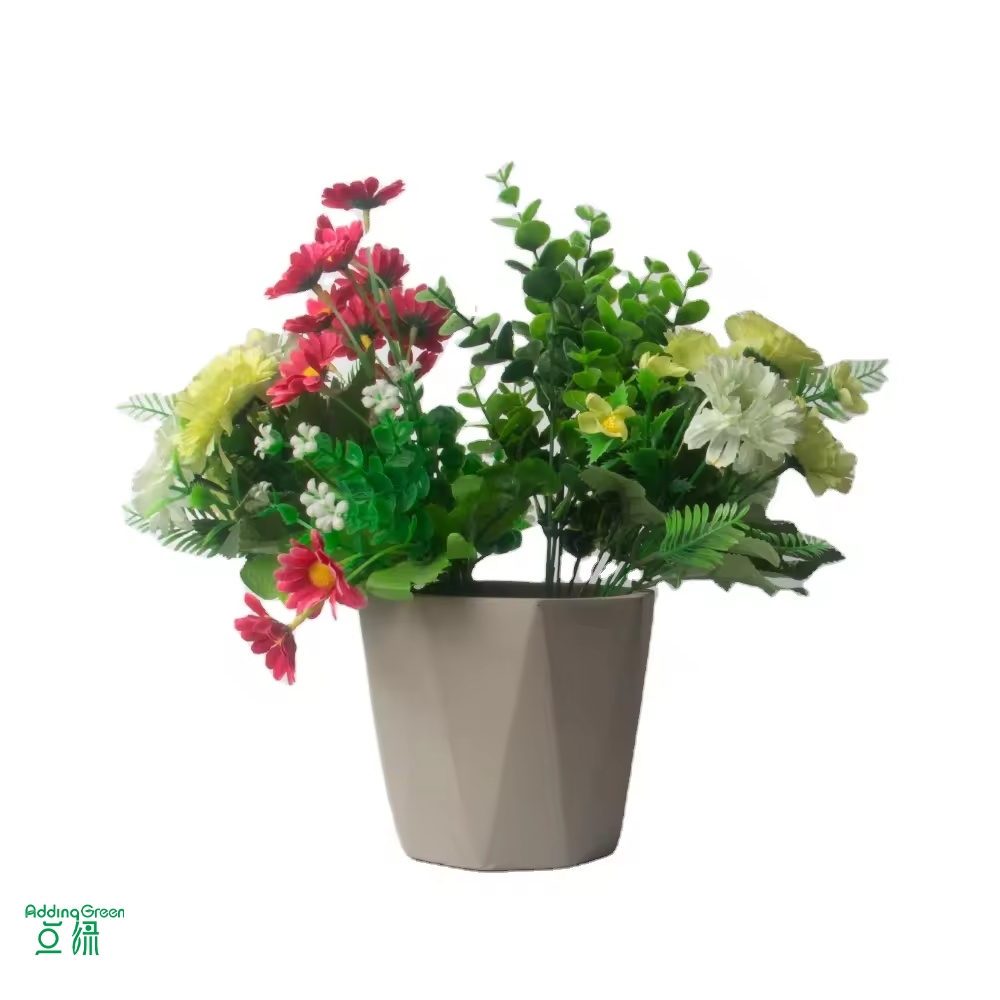
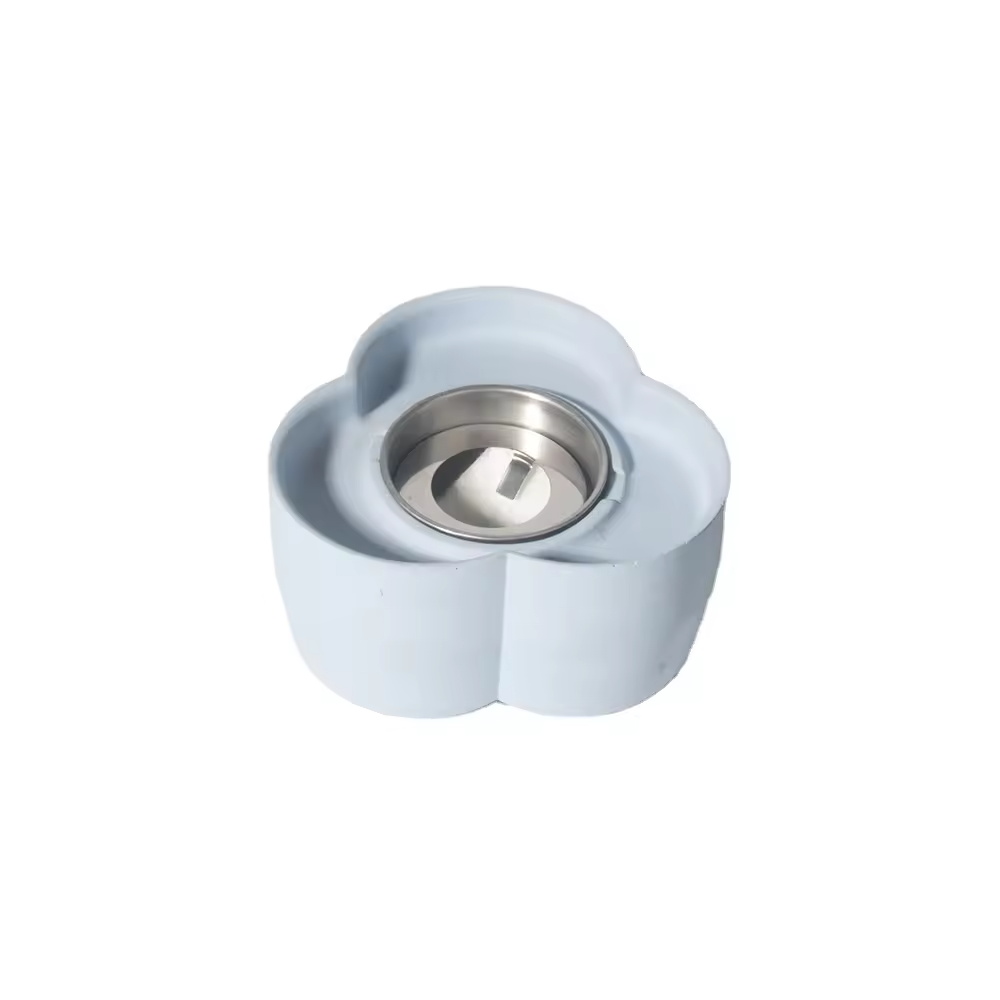

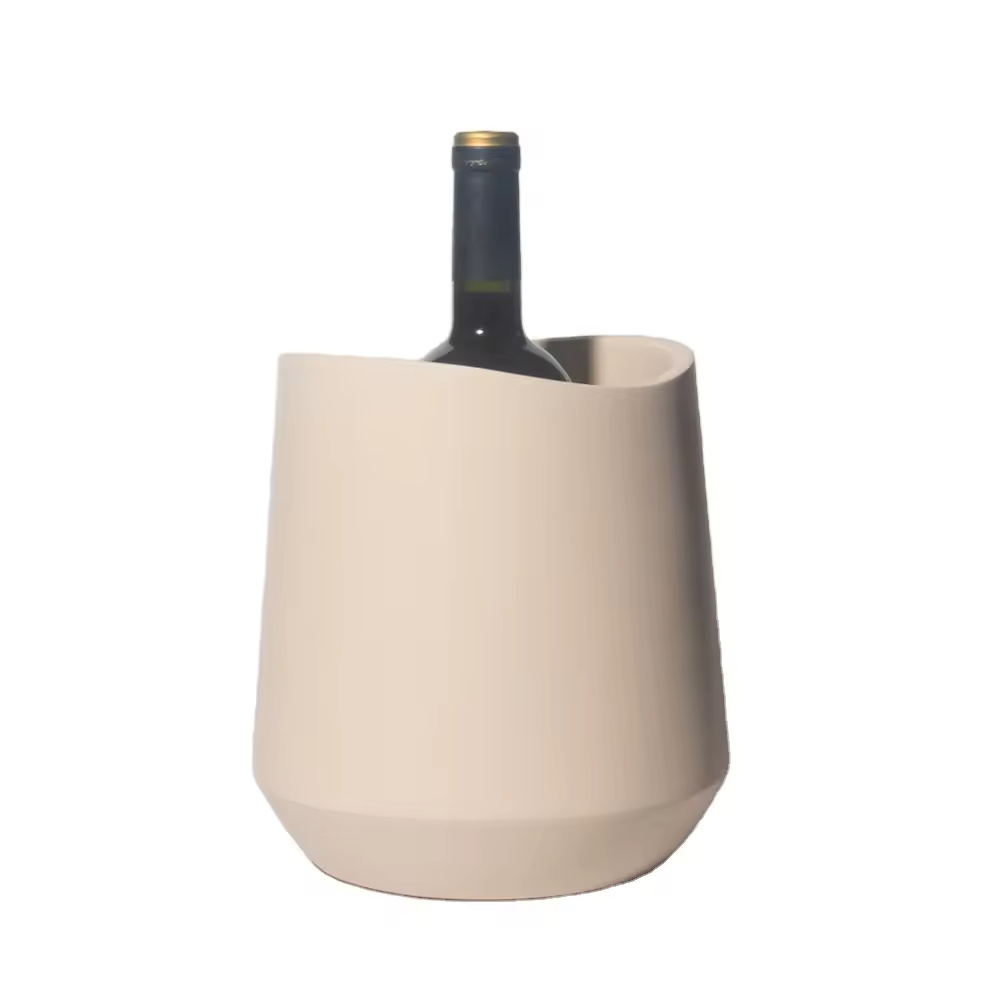


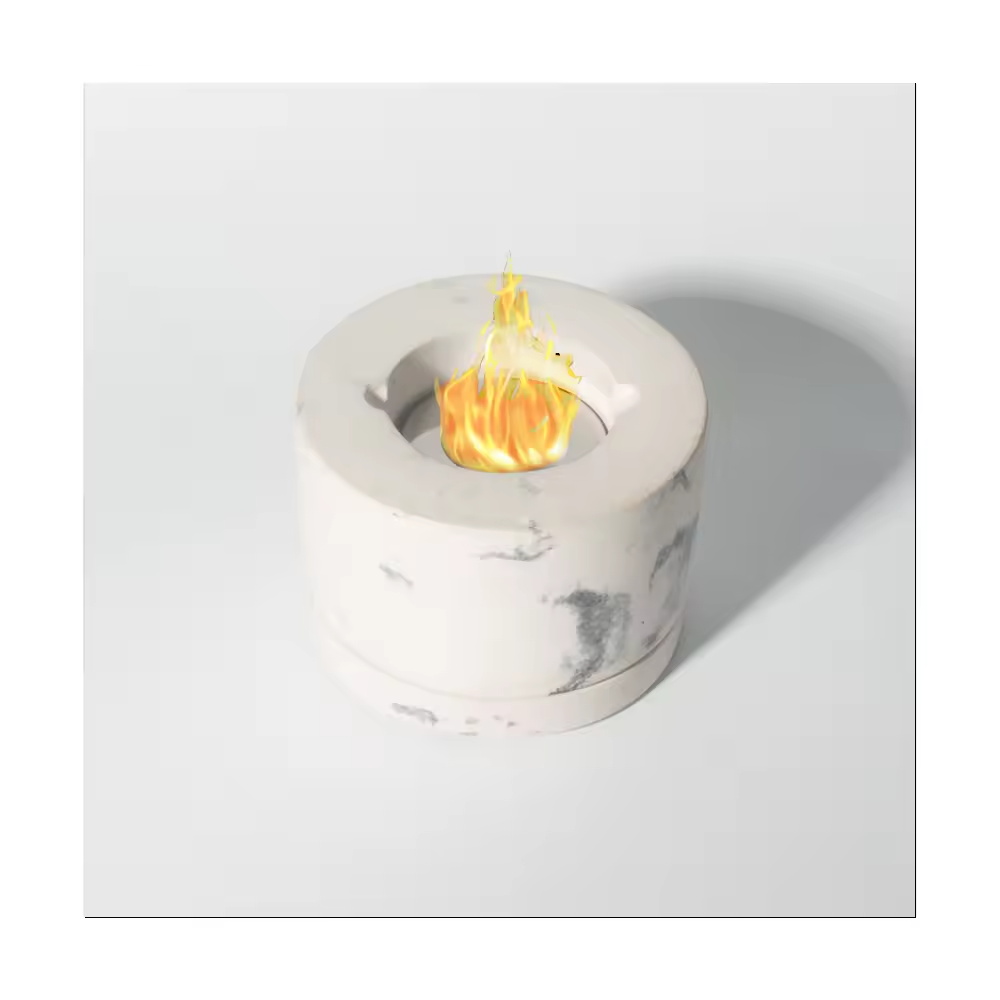
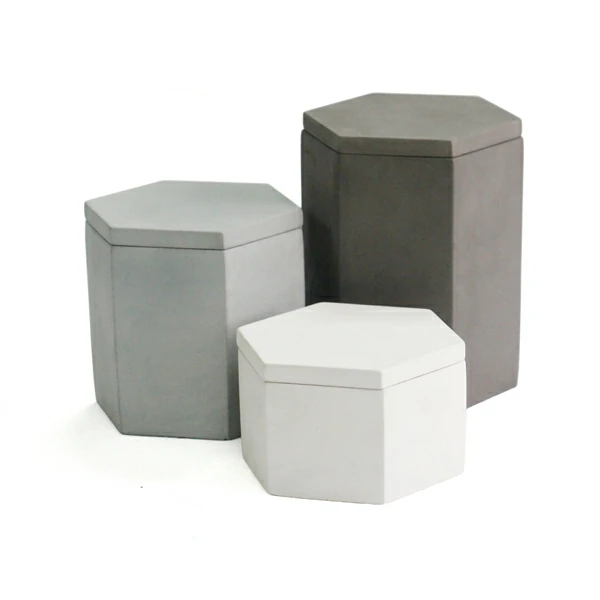
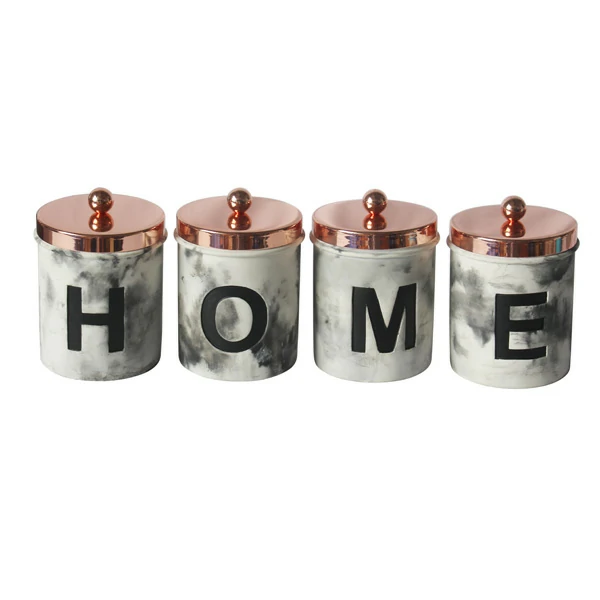
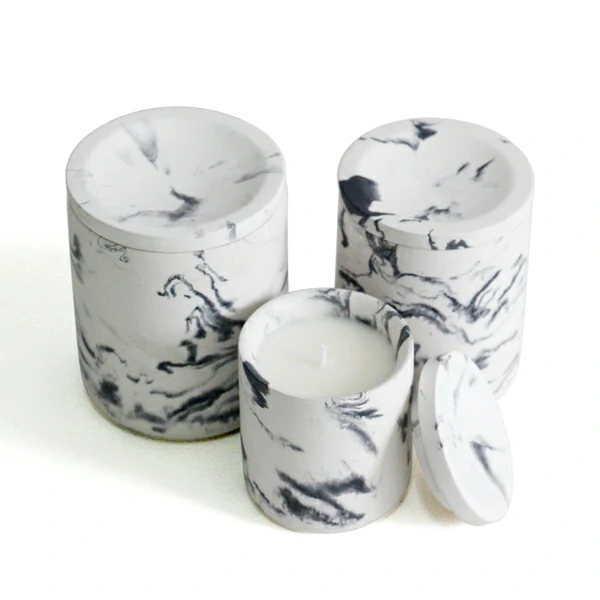

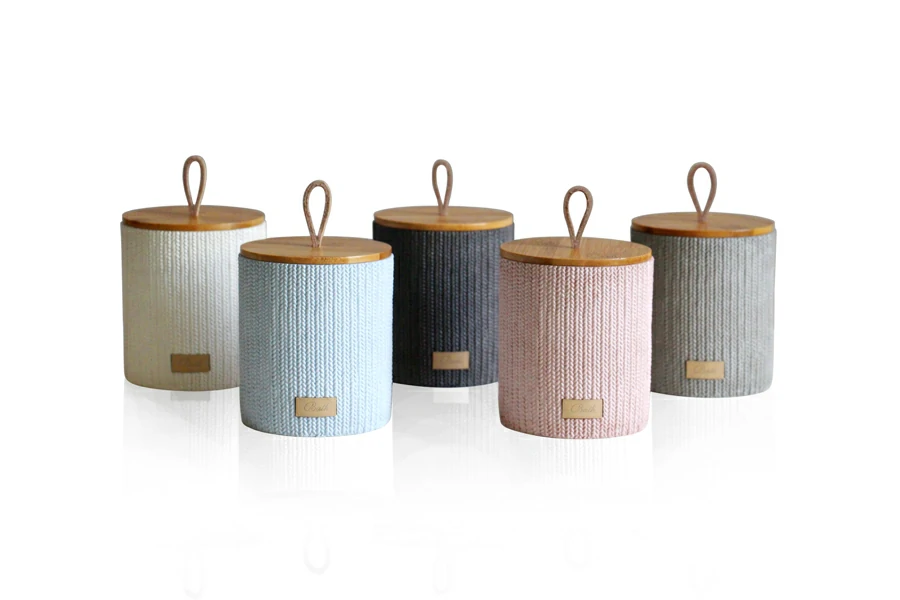
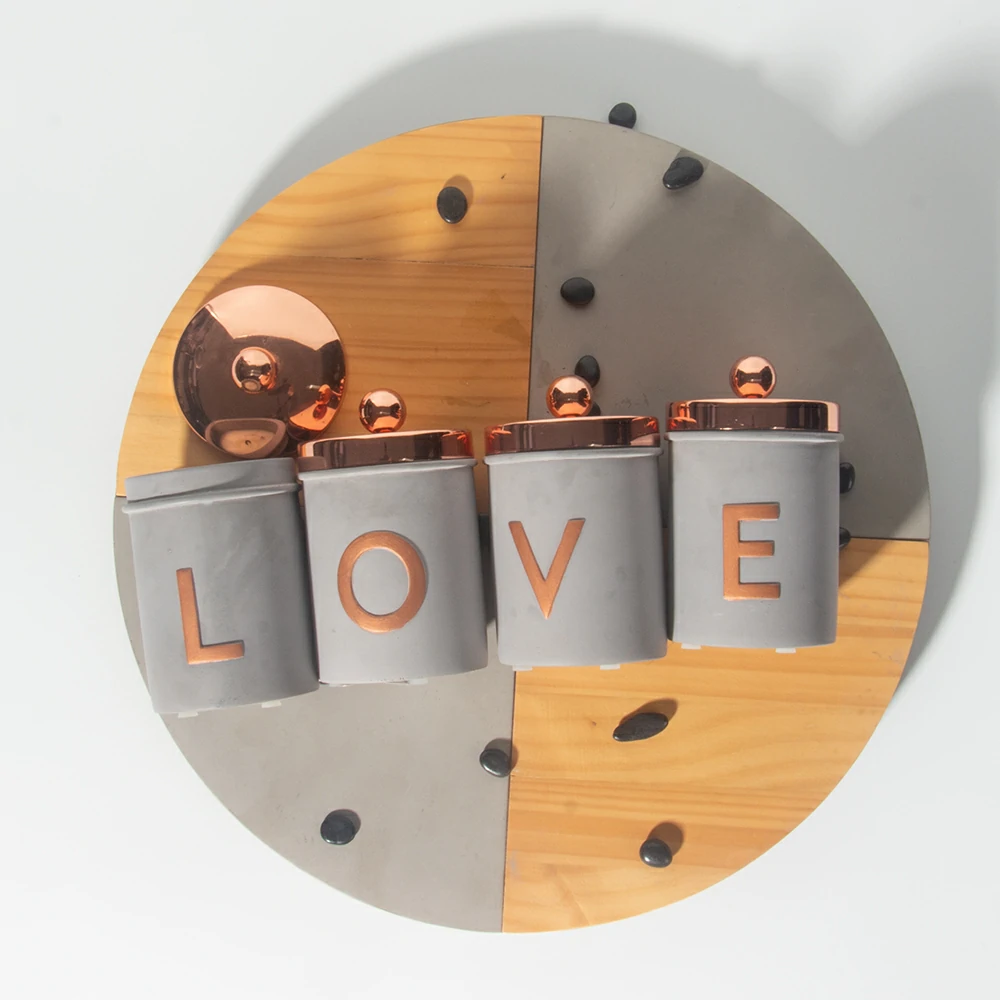

 Tel
Tel
 Email
Email
 Address
Address










